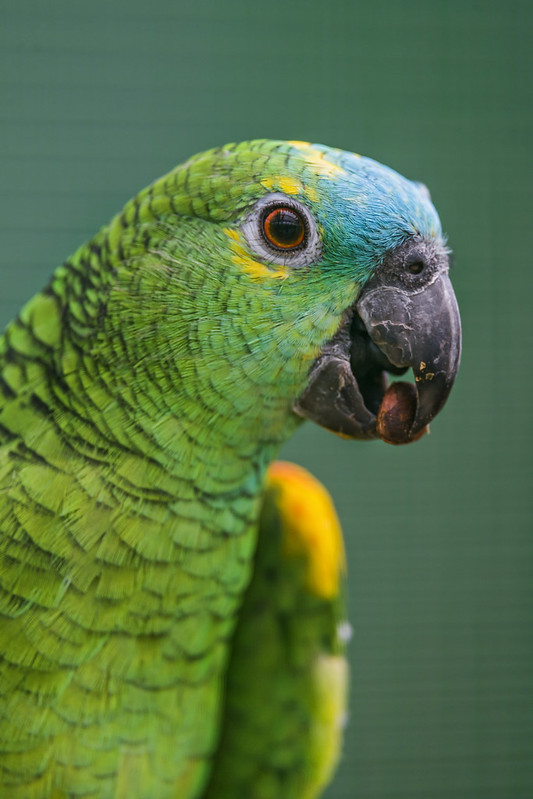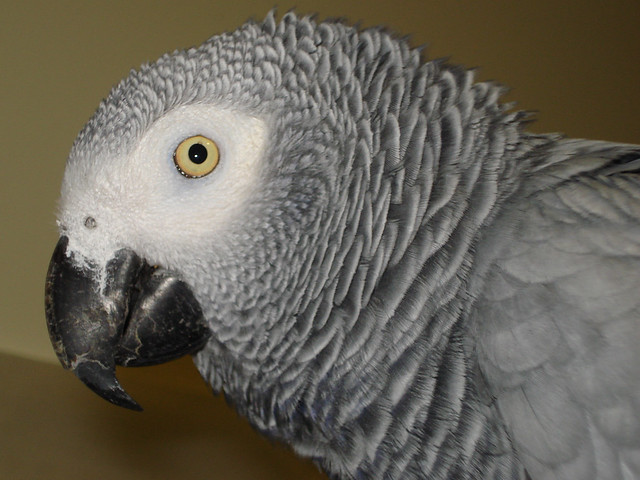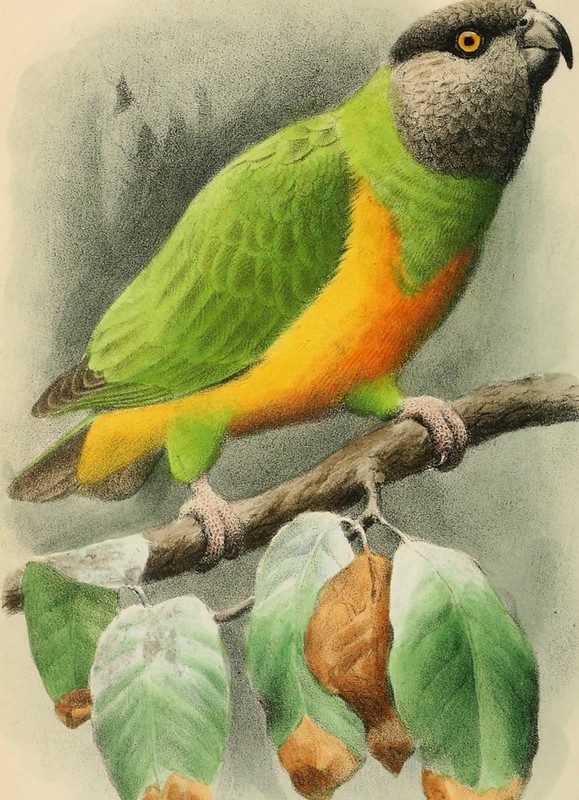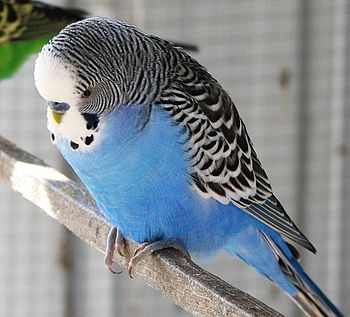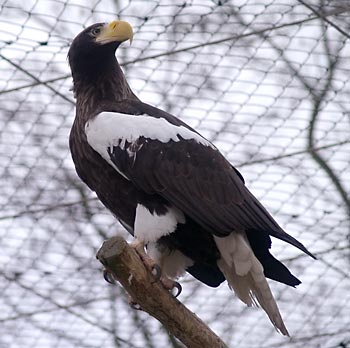 |
| Entrance to Busch Gardens, featuring the countries flags (Photo credit: Wikipedia) |
The park features a variety of Broadway-style shows, roller coasters, wildlife attractions, and more. Busch Gardens Williamsburg coupons will help you save on your vacation, so be sure to look for some before booking your trip.
There are different kinds of tickets, including single-day tickets and pass membership options. Those with pass memberships get all kinds of special perks. If you plan on staying for more than one day, check out some of the vacation packages which include a stay in one of the hotels or inns in the area.
Once you arrive at the park, you will find that there is plenty to do and see. If you're interested in conservation, head to Jack Hanna's Wildlife Reserve. This is home to a number of wild species, including bald eagles and gray wolves. Both of these creatures are magnificent and worth seeing up close.
There is also the Lorikeet Glen, which is home to many colorful birds. It's a free-flight aviary with thousands of exotic birds. Some of them might even glide down to say "hello" to you.
If you are bringing some kids along, you will find that many of the rides and attractions are family-friendly. Sesame Street Forest of Fun is one of the most popular areas of the park. There are safe, fun rides here for younger children. Kids can also meet with Elmo, Big Bird, Cookie Monster, and other Sesame Street favorites. They can even get their picture taken with their favorite character!
There are some exciting roller coasters for older kids and adults. The Loch Ness Monster is by far the most exciting. Instead of going all the way to Scotland for a glimpse of this legendary lake creature, you can see it at Busch Gardens Williamsburg. This monster is 13-stories tall and offers riders a 114-foot drop, with speeds topping 60 miles per hour.
Busch Gardens Williamsburg is one of the hidden gems of the Southeast. In recent years, it has expanded so much that it's now drawing more attention from the rest of the country. No matter where you're from, you should visit this park at least once this year - you won't regret it!
Don't make the mistake of thinking that a Busch Gardens vacation has to cost a lot of money. It's actually the opposite: Busch Gardens Williamsburg discount tickets are available at a low price. Just look at your options for single day passes annual passes, etc.
|



